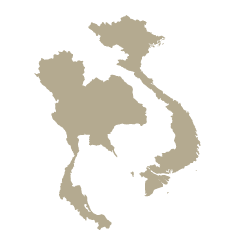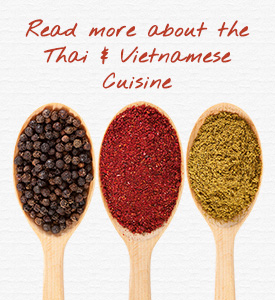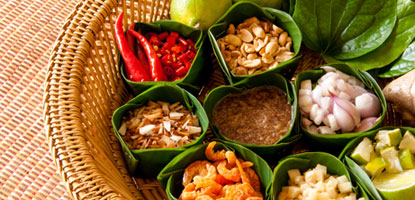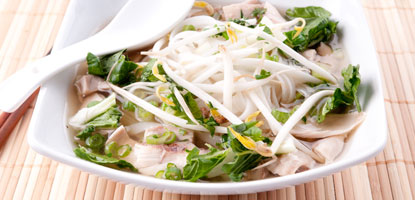Our Destinations
Travel by interests
Thailand Highlights
- Stay at a legendary luxury hotel overlooking the fabled Chao Phraya river
- Learn authentic Thai cooking and perfect a fragrant curry
- Graze on amazing street food and watch juggling woks on every corner
- Be dazzled by intricate Grand Palace and sacred Wat Pho temple
- Watch saffron-robed monks on their morning alms rounds
- Indulge in a Thai massage and discover the sense of calm of Siam
- Take a boat along the river as the setting sun silhouettes palace spires and stupas
- Sip cocktails from the 61st floor rooftop bar with stunning views of twinkling
- Learn how to prepare and present the traditional 11-dish Northern Thai speciality
- Sail aboard a longtail boat to an island Buddhist temple in Ayutthaya
- Reward yourself with an indulgent Thai massage
- Tuck into your favourite iconic Thai dishes and discover new ones along the way
- Dine on a plant-based meal at a Chiang Mai restaurant that sources organic, local vegetables for their daily array of delicious meals.
Start your journey here
Vietnam Highlights
- Be charmed by Hoi An’s lantern-it backstreets and waterways, set amongst emerald rice paddies and white sandy beaches
- Sample the best of royal cuisine with our chef in Hue
- Bike through luminous green paddy fields on the way to a home-cooked lunch
- Share a Vegetarian meal with monks in a monastery before visiting the Citadel
- Zigzag through charming alleys of Hoi An to savour real street food as the locals do – our food expert will be guiding you to taste over 40 local dishes
- Be captivated by Hanoi, a compelling blend of Parisian old world grace and Asian pace
- Explore bustling markets with our chef and select ingredients for your hands-on cooking class
- On the back of a cyclo explore the charming French quarter
- Sail the emerald-green waters of breathtaking Halong Bay, a UNESCO site, featuring more than 2000 stunning islands
- Dine aboard under a canopy of stars and try your hand at squid fishing
- Ride the food tour of your life on a Vespa through bustling Saigon
Start your journey here






